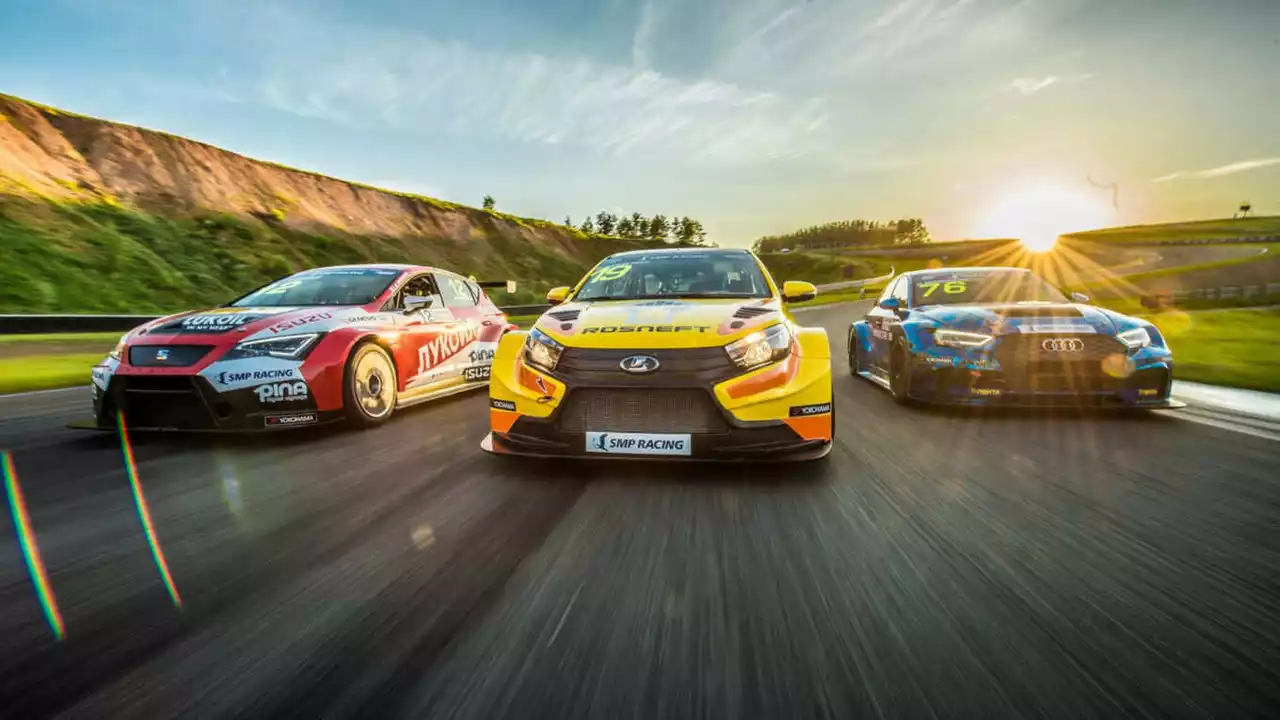Rally Car Comparison: Which Setup Works Best for You?
Whether you’re a teen just starting out or a seasoned driver looking to tweak your setup, the biggest question is often: what compares best for my rally needs? Below we break down the most common comparisons—off‑road capability, handbrake use, and drivetrain choice—so you can pick the right gear without guessing.
Off‑Road vs. On‑Road Rally Cars
Most people think rally cars are built solely for mud, snow, and gravel. In reality, a good rally car can handle both off‑road and tarmac. Off‑road machines usually have higher ride height, reinforced suspension, and tires with deeper tread. They excel on loose surfaces because the extra travel absorbs bumps and keeps the wheels glued to uneven ground.
On‑road rally cars, on the other hand, sit lower and use stiffer springs. This gives them better grip on paved sections and allows quicker cornering. If you’re competing in mixed‑surface events, you’ll want a car that can be tweaked between the two extremes—adjustable dampers and a tire kit that swaps easily are key.
Handbrake Use: Essential Tool or Optional Fancy?
Many newcomers assume the handbrake is just for show. In rallying, it’s a core technique for tightening turns, especially on tight hairpins or when you need to slide the rear out to straighten a line. Practicing the handbrake flick helps you control the car’s rotation without losing momentum.
That said, you don’t need to slam the handbrake on every corner. Skilled drivers blend it with throttle control, using it only when the situation calls for a rapid change of direction. Mastering when and how long to pull the lever can shave seconds off a stage.
FWD vs. RWD vs. 4WD: Which Drivetrain Wins?
Front‑wheel drive (FWD) cars are often underrated. Their weight sits over the driven wheels, giving decent traction on loose surfaces when the driver keeps the throttle light. FWD shines on tight, technical stages where straight‑line power isn’t needed.
Rear‑wheel drive (RWD) provides a balanced feel and can be very lively on gravel, but it can struggle when the rear wheels lose grip. Many drivers love the oversteer feel, yet it demands precise throttle work.
Four‑wheel drive (4WD) remains the dominant choice for high‑speed, mixed‑terrain rallies. Power is distributed to all wheels, maximizing grip on slippery sections. The trade‑off is added weight and complexity, which can affect handling on very tight courses.
Bottom line: choose the drivetrain that matches the stage profile and your driving style. If you’re on a budget and the rally leans toward technical, twisty routes, a well‑tuned FWD can hold its own.
These comparisons give you a clear picture of what to expect from each option. Test the setups, note how they feel on different surfaces, and let the data guide your next upgrade. Happy racing!

How does race driving strategy differ between rally and F1?
Racing strategies vary greatly between rally and F1 races, folks. Rally racing is all about endurance and mastering unpredictable terrains, so drivers often prioritize careful navigation and car preservation. On the other hand, F1 racing is a flat-out sprint on a defined circuit, where precision and speed are paramount, and drivers focus on aggressive overtaking and strategic pit stops. Essentially, rally drivers are playing the long game, while F1 drivers are all about that instant burst of speed and tactical execution. It's fascinating how one sport can have such diverse approaches, isn't it?